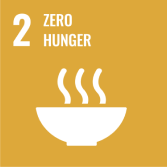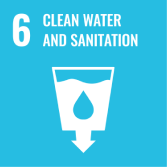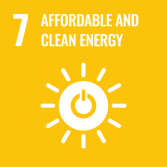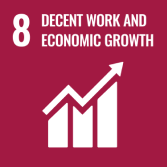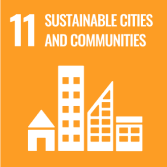The increasing trend in global energy demand has led to an extensive use of fossil fuels and subsequently in a marked increase in atmospheric CO
2 content, which is the main culprit for the greenhouse effect. In order to successfully reverse this trend, many schemes for CO
2 mitigation have been proposed, taking into consideration that large-scale decarbonization is still infeasible. At the same time, the projected increase in the share of variable renewables in the future energy mix will necessitate large-scale curtailment of excess energy. Collectively, the above crucial problems can be addressed by the general scheme of CO
2 hydrogenation. This refers to the conversion of both captured CO
2 and green H
2 produced by RES-powered water electrolysis for the production of added-value chemicals and fuels, which are a great alternative to CO
2 sequestration and the use of green H
2 as a standalone fuel. Indeed, direct utilization of both CO
2 and H
2 via CO
2 hydrogenation offers, on the one hand, the advantage of CO
2 valorization instead of its permanent storage, and the direct transformation of otherwise curtailed excess electricity to stable and reliable carriers such as methane and methanol on the other, thereby bypassing the inherent complexities associated with the transformation towards a H
2-based economy. In light of the above, herein an overview of the two main CO
2 abatement schemes, Carbon Capture and Storage (CCS) and Carbon Capture and Utilization (CCU), is firstly presented, focusing on the route of CO
2 hydrogenation by green electrolytic hydrogen. Next, the integration of large-scale RES-based H
2 production with CO
2 capture units on-site industrial point sources for the production of added-value chemicals and energy carriers is contextualized and highlighted. In this regard, a specific reference is made to the so-called Power-to-X schemes, exemplified by the production of synthetic natural gas via the Power-to-Gas route. Lastly, several outlooks towards the future of CO
2 hydrogenation are presented.
Full article

